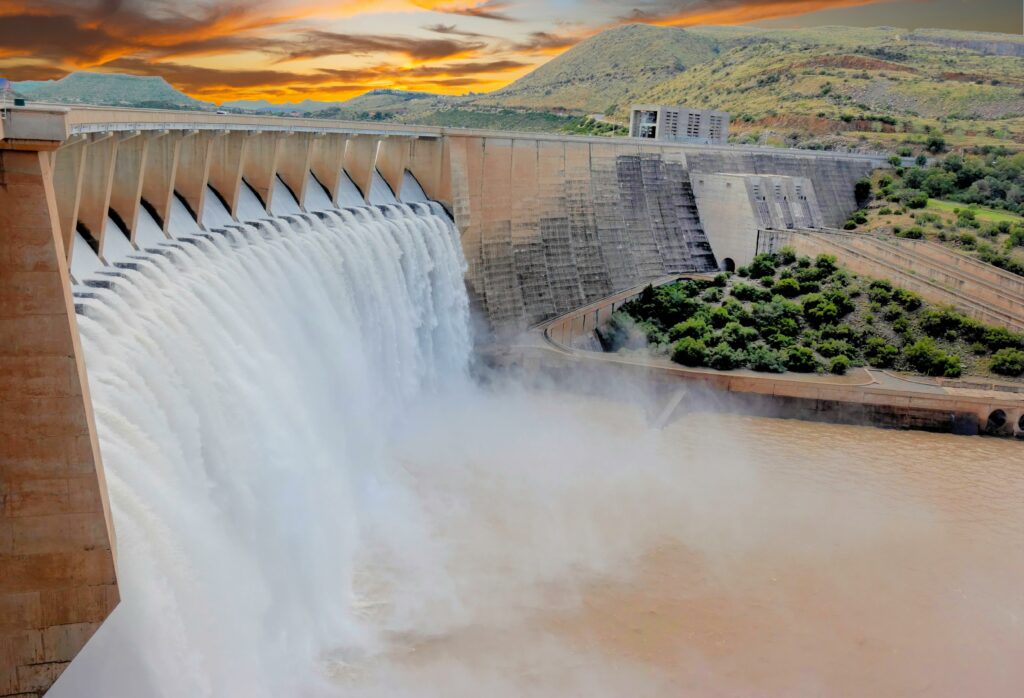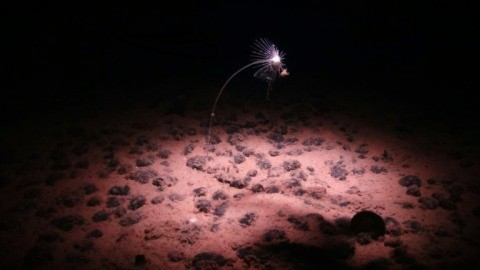
Dams have shaped human civilization for centuries, harnessing the natural power of water to serve essential functions. From ancient stone barriers to modern concrete megastructures, dams have become a cornerstone of water management, energy production, and environmental regulation. But how exactly do these massive structures work? Let’s explore the mechanics, benefits, and challenges of dams from a new perspective.
1. The Anatomy of a Dam: More Than Just a Wall
At first glance, a dam appears to be a simple barrier, but its design is far more intricate. Every dam is engineered to withstand immense pressure while managing water in a controlled way. Here’s what makes a dam functional:
- The Reservoir: This artificial lake forms behind the dam, storing water for multiple uses, from drinking supply to energy production.
- The Spillway: Acting as an emergency release valve, the spillway prevents overflow during heavy rainfall, ensuring structural safety.
- The Intake System: Water enters through controlled gates, allowing for regulated flow into power stations, irrigation canals, or downstream rivers.
- The Outlets and Tunnels: These channels guide water to turbines, pipelines, or natural waterways, distributing it as needed.
The design and structure of a dam depend on its location, purpose, and the environmental conditions it must endure.
2. The Different Faces of Dams: A Structure for Every Need
Dams are not one-size-fits-all structures. Engineers tailor each design based on terrain, water volume, and functional goals:
- Gravity Dams: These rely on sheer weight to counteract water pressure. Typically built with concrete, they are best suited for wide river valleys.
- Arch Dams: Their curved shape redirects pressure into canyon walls, making them ideal for narrow, rocky gorges.
- Embankment Dams: Composed of earth and rock, these dams are cost-effective and widely used for flood control and irrigation.
- Buttress Dams: Featuring a series of supports on the downstream side, these dams reduce material use while maintaining strength.
Each type has unique advantages, making it crucial to match the right dam with the right environment.
3. Hydroelectric Power: The Energy Locked in Water
One of the most remarkable uses of dams is generating electricity through hydropower. The process works as follows:
- Water from the reservoir flows through intake tunnels, guided toward massive turbines.
- The force of falling water spins the turbines, converting kinetic energy into mechanical motion.
- These turbines are connected to generators, transforming the motion into electrical energy.
- The electricity is transmitted through power grids, supplying homes, businesses, and industries with clean, renewable energy.
Unlike fossil fuels, hydroelectricity produces no direct emissions, making it one of the most sustainable power sources on the planet.
4. Beyond Power: The Multifunctional Role of Dams
Dams do far more than generate electricity. They serve as water banks, storing excess rainwater for dry seasons, preventing both droughts and floods. They are also vital for agriculture, providing controlled irrigation to farmlands that would otherwise struggle with unpredictable rainfall.
In urban areas, dams supply drinking water, ensuring that growing populations have access to clean, reliable sources. Additionally, many reservoirs become recreational hubs, supporting boating, fishing, and tourism industries.
5. The Hidden Costs: Environmental and Social Challenges
While dams offer numerous benefits, they also come with significant drawbacks.
- Disrupting Ecosystems: Natural river flows support fish migration, sediment transport, and wetland health. When a dam blocks this flow, it can harm aquatic life.
- Displacing Communities: Large-scale dam projects have forced millions of people to relocate, often uprooting indigenous populations.
- Sedimentation Issues: Over time, reservoirs collect silt and debris, reducing water storage capacity and affecting dam performance.
- Changing Water Temperature: Dams can alter water temperature and oxygen levels downstream, impacting fish and plant life.
Modern dam projects incorporate solutions like fish ladders, sediment flushing systems, and controlled water releases to mitigate these challenges.
6. The Future of Dams: Innovation and Sustainability
With growing concerns about environmental impact, the future of dams lies in smarter, more sustainable designs. Innovations include:
- Floating Solar Panels: Some reservoirs are now home to floating solar farms, doubling their role in renewable energy production.
- Run-of-River Dams: These low-impact systems generate power without creating large reservoirs, reducing habitat disruption.
- Better Sediment Management: New techniques help flush out excess sediment, extending the lifespan of dams.
- Hybrid Energy Systems: Combining hydropower with wind and solar energy ensures a more balanced, renewable energy mix.
Conclusion: Balancing Human Needs with Nature
Dams have transformed the way we manage water and energy, offering immense benefits while posing complex challenges. As technology advances, the goal is to create smarter, more adaptable dams that support both human progress and environmental sustainability.
With careful planning, innovation, and respect for nature, the future of dams can be one where power and preservation go hand in hand.






